Write & Lift is an ethos of personal and spiritual development through conscious physical exertion and practice of the writing craft. Through this effort to strengthen our bodies and minds, we become anti-fragile and self-respecting sovereign individuals. Through this effort, we may stand against untruth and evil and create a new culture of vitality, strength, and virtue.'
America’s Hollow Health Revolution
America is a country of extremes and grim irony. Our population has never been more unhealthy—obesity, childhood diabetes, and preventable diseases are skyrocketing—yet gym membership is at an all-time high. Planet Fitness opens a new location every few hours. CrossFit boxes dot strip malls. Fitness influencers rank beside pop stars and actors in celebrity cache. We’ve created a bizarre duality: a population split between total neglect of physical health and an obsession with it that borders on the pathological.
The modern gym has become what sociologist Ray Oldenburg called the “third place”—those vital spaces separate from home and work where community forms. I've written about the necessity of third places and why gyms and health clubs are better than no third place. But unlike past generations’ churches, town halls, and social clubs, gyms are formed around a different center—the pursuit of physical perfection.
I write under the moniker Write & Lift for a reason. Our bodies are gifts, but they’re meant to serve something greater than themselves. A strong body should enable us to serve our families, communities, and purpose. Instead, we've made the body itself the object of worship, and like all false idols, it demands increasingly extreme sacrifices while providing diminishing returns.
The Optimization Trap and New Asceticism
I’ve spent a lot of time in gyms over the past ten years. Swanky health clubs with smoothie bars, college gyms, old and dirty powerlifting gyms, and the standard strip mall commercial gym. Any dedicated “gym bro” will eventually start to notice recurring patterns.
I’ve noticed a consistent underlying gym mentality in some of Gen Z. “Never big enough, never fit enough, never skinny enough.” Every metric must be tracked, every meal logged, every hormone level tested and supplemented. Young guys discuss their testosterone levels like day traders watching stock tickers. They’re cycling anabolic steroids before their endocrine systems are fully developed. They follow workout splits designed for experienced athletes. Young women chase a “that girl,” “muscle mommy” aesthetic—a blend of hyper neurotic self-care and performative discipline. The quantified self has become the only self worth knowing.
This obsession with optimization reveals a deeper pathology: the belief that if we can just get the numbers right, everything else will fall into place. This uniquely modern delusion is born from the same mindset that gave us efficiency experts and “scientific management” self-help books.
Friedrich Nietzsche warned against what he saw as the “ascetic ideal” that undermines genuine vitality. In Genealogy of Morals, he critiques those who turn self-denial into a form of power, asserting control by denying natural urges. Today’s gym culture often mirrors this ascetic ideal in different ways: everything in the environment is killing you, you can never have a drink of alcohol, you need to go “ghost mode” and “lock in”; avoid fats, vegatables, red-meat, seed oils, canned drinks, raw milk, pasteurized milk, synthetic fibers, tap water, bottled water, supplements, creatine, AG1, energy drinks, coffee, alcohol, etc. The pursuit becomes self-referential and the snake eats its tail.
For those of you who are inevitably rolling your eyes, I’m not advocating for abandoning physical culture—far from it. Physical strength and capability remain fundamental to a well-lived life. But modern gym culture is ground zero for understanding and treating the symptoms of an addiction to “optimization”.
The Funhouse Mirror
Instagram and TikTok have warped our perception of normal physiques beyond recognition. Most iconic bodybuilders from the 1970s (men once considered the peak of muscular development) would be considered small by today’s standards. Female fitness influencers maintain single-digit body fat percentages year-round, profoundly disruptive to hormonal health.
The images we consume aren’t just enhanced versions of reality but simulations that have replaced reality entirely. The young man staring at his reflection no longer compares himself to the living bodies around him but to chemically and digitally enhanced icons whose physiques exist primarily as images rather than lived realities.
Even casual gym-goers now casually discuss “peak week” water manipulation, “saucing” strategies, and other esoteric practices limited to competitive bodybuilders. The extreme has become normal. And for 95% of us (who, you know, just want to look better and feel better) operating in the extremes leads to diminishing returns.
There is a price to pay for misguided obsession. Orthorexia—an unhealthy fixation on “correct” eating—is a type of secular puritanism: rigid rules, moral judgments of transgressions, and communities formed around extreme diets. This pendulum swing was inevitable. As the internet opened our minds to the criminal negligence of agro-business, the medical industrial complex, and corruption of our elected officials, we developed a crucial awareness toward our health that had been lacking. Savvy marketers and influencers found a hungry and willing audience for their products and “solutions”. But the more time you spend “getting healthy” the more you see behind the curtain. For the vast majority of us—who aren’t trying to compete on stage or perform at the peak of our athletic ability—becoming and staying healthy isn’t rocket science, it’s basic human intuition. We need sunlight. We need sleep. We need whole, unprocessed foods. We need to build muscle. We need to increase our aerobic baseline by performing some kind of cardio. That’s it.
Men in their twenties are suffering the cardiovascular complications of anabolic steroid abuse. Women are losing their periods due to extreme leanness and overtraining. Teenagers are spending hours scrutinizing minor changes in muscle definition and bodyfat percentage. Time spent obsessing over one’s reflection is time not spent looking outward.
The Death of the Multi-Sport Athlete
This paradigm shift towards neurotic gym systematizing grew in tandem with middle-class America’s youth sports obsession.
Walk into any youth sports complex in America today and you’ll witness a peculiar kind of madness—eight-year-olds with personal trainers. Parents spending more on travel teams than college tuition. Children wearing knee braces and ankle supports before they've hit puberty. Even the vocabulary has changed. We no longer have kids who “play sports.” We have “athletes” who “specialize” and “train.”
This hyper-specialized approach represents the same optimization pathology we see in adult fitness culture applied to children whose bodies and minds are still developing. The youth sports industrial complex has convinced parents that their child must choose a single sport by age ten, play it year-round, and train with scientific precision if they hope to compete at higher levels.
Michael Jordan was cut from his high school basketball team and excelled at baseball. Bo Jackson dominated both the NFL and MLB. Jim Brown was a lacrosse legend before becoming one of football’s greatest running backs. Roger Federer played soccer seriously until his early teens. Their athletic versatility didn’t hinder their development.
The cruel irony is that parents pushing their children into single-sport specialization often sabotage the excellence they hope to nurture. No specialized training can overcome genetic limitations, and those with elite genetic potential are often the ones who benefit most from broad athletic exposure in youth.
In both cases, a healthy pursuit has been transformed into an identity-defining obsession that promises transcendence. Youth sports have become less about play, joy, and development, and more about specialization, optimization, and parental ambition.
The Way Forward
A healthier physical culture would:
Emphasize capability over appearance
Value sustainable practices over extremes
Recognize forms of physical excellence beyond hypertrophy
Place physical development within a broader context of human achievement
Acknowledge the body’s limits and mortality
A return to the Ancient Greek concept of “arete”—excellence in all domains, not just the physical. The ideal citizen was strong, wise, just, and temperate. Physical training served civic and martial virtue rather than existing for its own sake. The body was trained not merely to look a certain way but to enable virtuous action in the world.
Nietzsche wrote, “The body is a great intelligence.” The goal isn't to abandon the gym but to put it in its proper place as a means rather than an end; a practice rather than an identity. When physical training serves something greater than itself, it becomes the foundation for a life well lived.
As always, thanks for reading.
-Joe





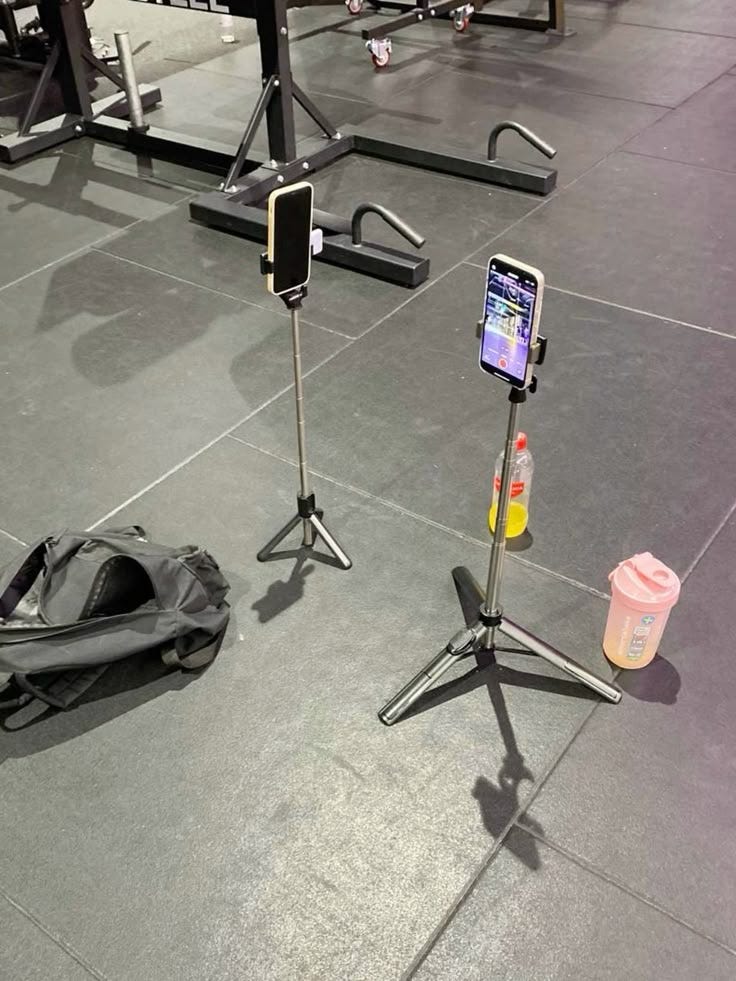
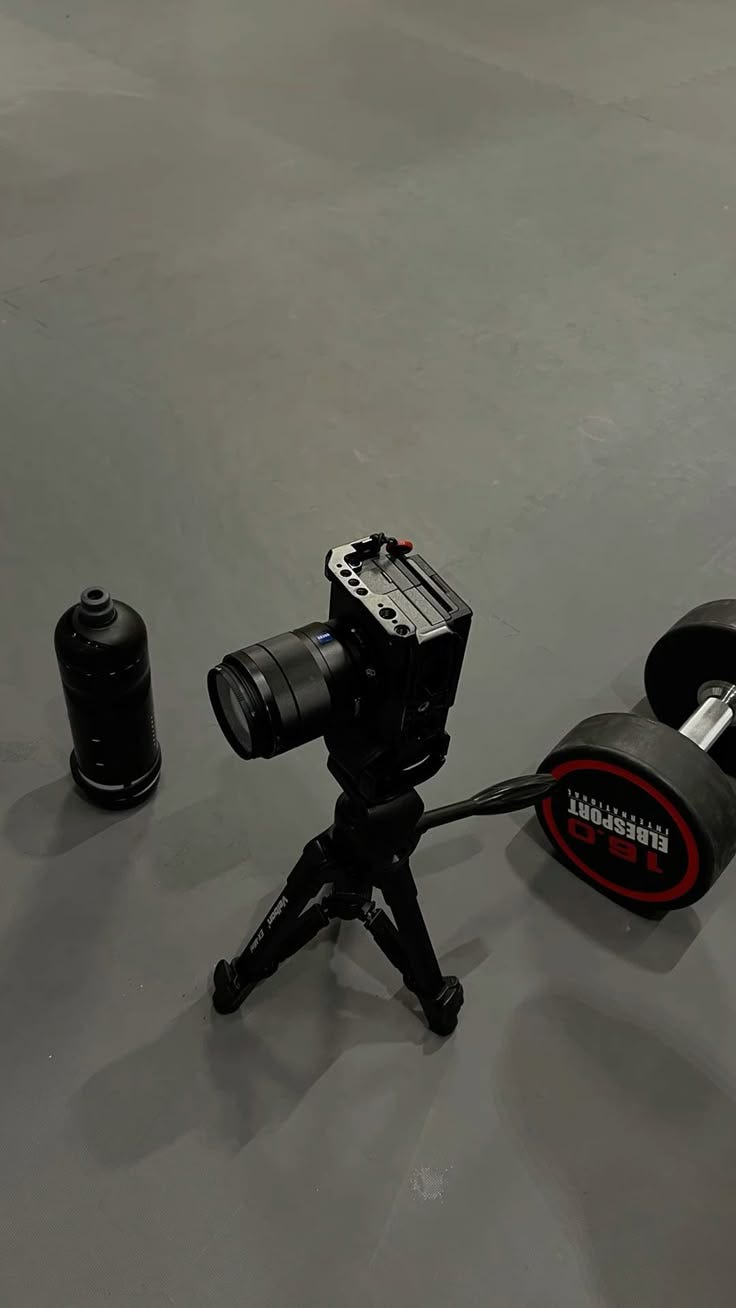
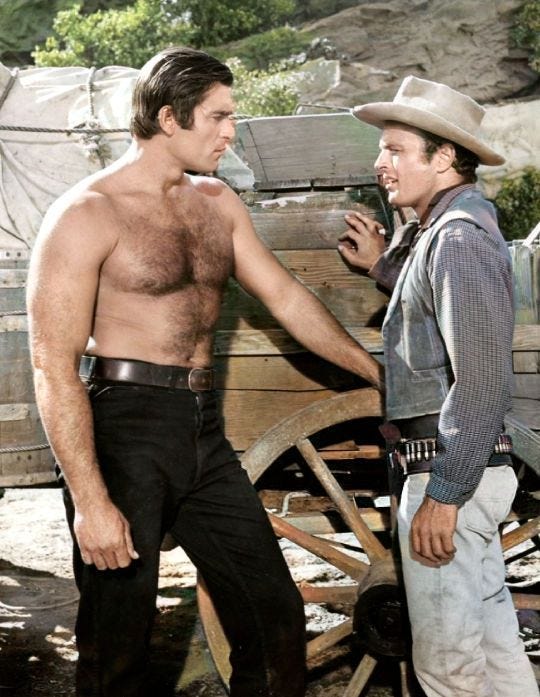
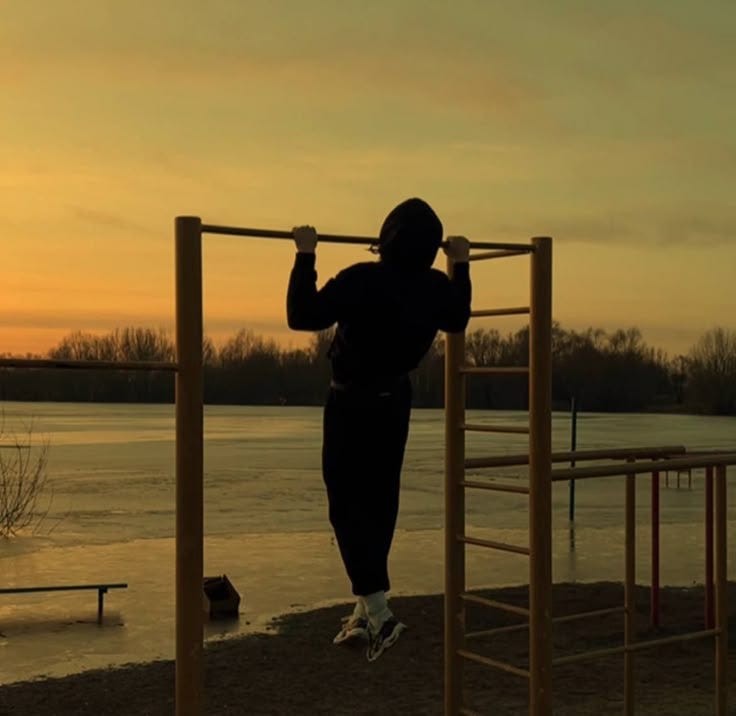
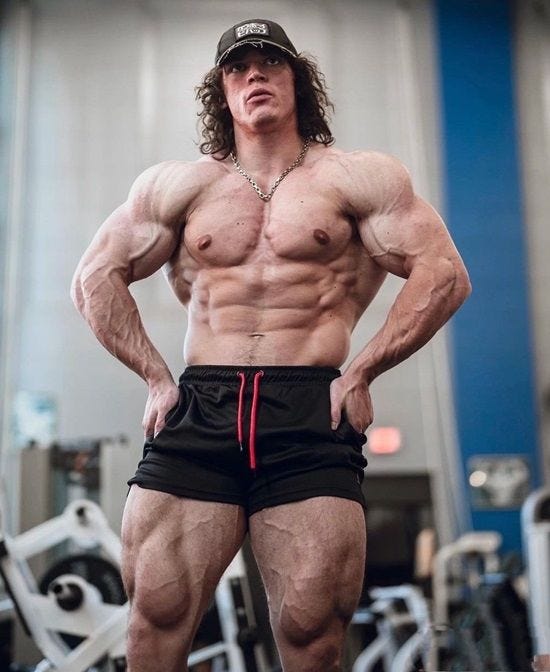
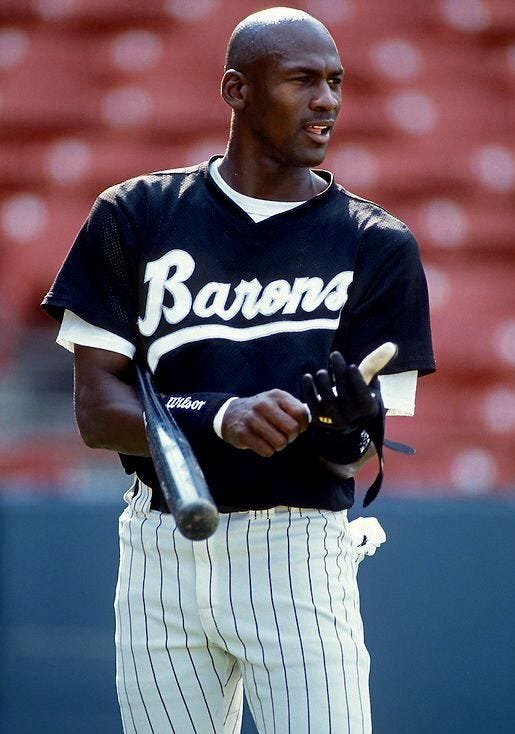

An excellent piece. I remember telling my wife a few years ago "The gym is the new nightclub" people seem to center their lives around being there. The gym was a place where you went to shape your body to help you navigate life. Now people are shaping their lives to navigate to the gym.
This is one of the best articles I've ever read. You totally hit the nail on the head, Joe. Great stuff and thanks for taking the time to share